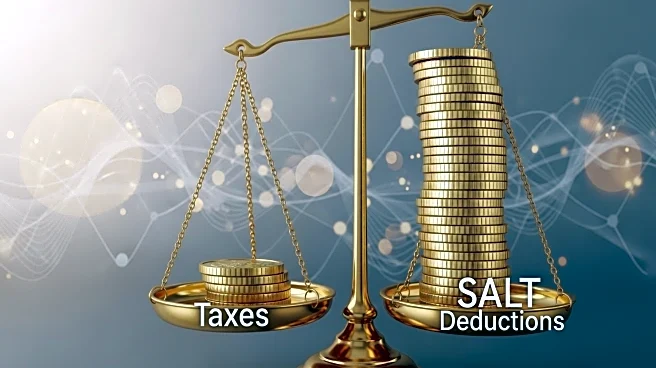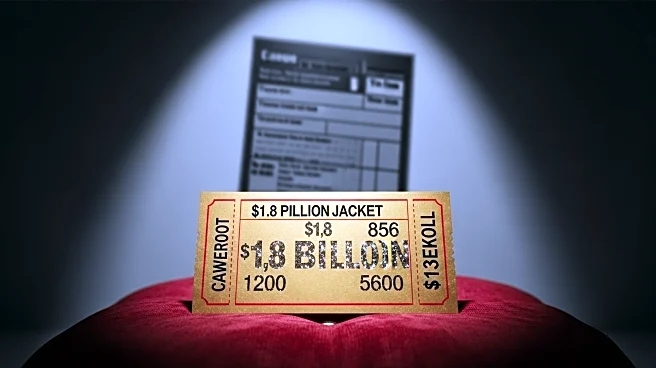What's Happening?
The IRS has unveiled draft versions of the W-2 and W-4 forms for the 2026 tax year, incorporating changes from recent tax legislation. These forms will reflect new deductions, including no tax on tips and overtime compensation. The W-2 form will feature changes in Box 14, which will now include a 'Treasury tipped occupation code' for occupations eligible for the no tax on tips provision. The W-4 form will list new deductions such as qualified tip income, overtime pay, and additional deductions for seniors over 65. These changes aim to simplify tax reporting and provide relief to taxpayers.
Why It's Important?
The introduction of these new forms is crucial as it aligns tax reporting with recent legislative changes, potentially reducing tax burdens for certain groups. The no tax on tips provision, for instance, benefits workers in tipped occupations, providing them with more take-home pay. Additionally, the extra deductions for seniors could alleviate financial pressures on older taxpayers. These changes reflect broader efforts to streamline tax processes and offer targeted relief, impacting millions of Americans and influencing financial planning strategies.
What's Next?
Taxpayers and employers will need to familiarize themselves with the new forms and provisions to ensure compliance. The IRS plans to provide transition relief for the 2025 tax year, allowing taxpayers to adjust to the new requirements. As the forms are finalized, further guidance and educational resources will likely be made available to assist taxpayers in understanding and applying the new deductions effectively.











